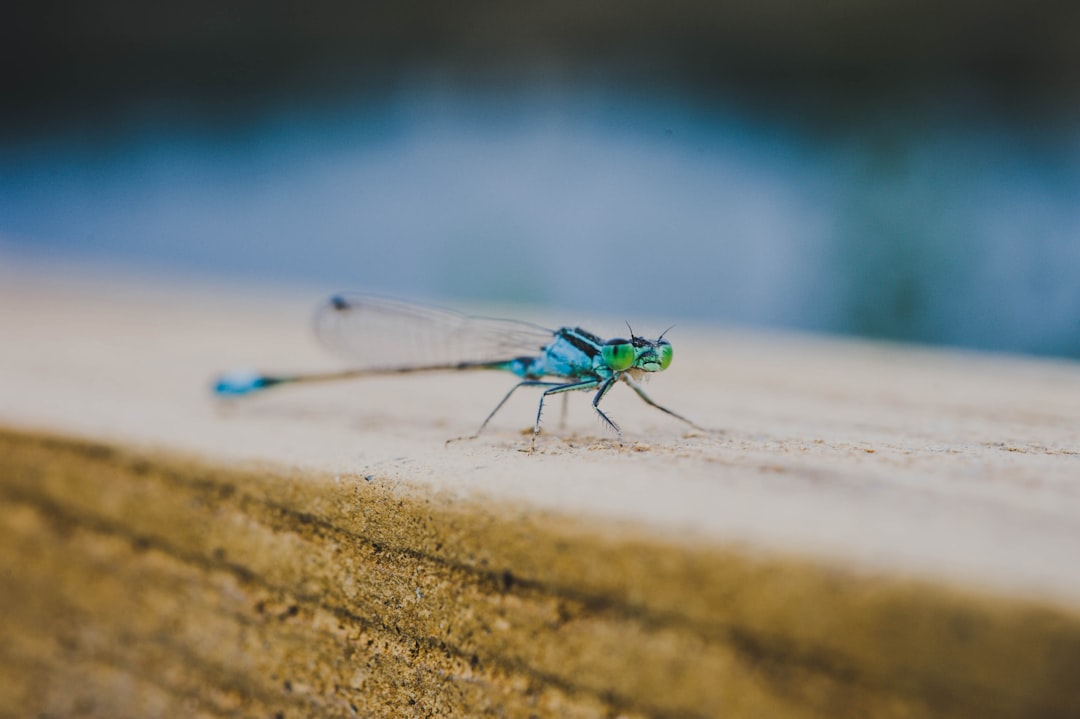What is it about?
Japanese whalers traditionally recognized two forms of Baird’s beaked whales: the common “slate gray” form and a smaller, rare “black” form. A genetic study of 178 samples from across the North Pacific has examined specimens of both forms, including eight of the enigmatic “black” form. The authors found a greater divergence between the two North Pacific forms than exists between them and the most closely related species, Arnoux’s beaked whale, found only in the Southern Ocean. The genetic evidence, together with differences in size and distribution, indicates the presence of a previously unrecognized species of beaked whale in the North Pacific
Featured Image
Why is it important?
This species is new to science, and has not been reported alive, only from dead, beach-stranded animals and museum specimens. The species is very likely naturally rare and lives in deep water, usually far offshore where they are difficult to observe and study. Their habitat likely includes deep canyons in the Bering Sea, where they are more likely to be exposed to human threats such as seismic exploration and entanglement in fishing gear.
Perspectives
As much as we know about the genetic heritage of this animal, we still do not know very much about the animal itself. We can draw some indications from what we know about other beaked whales in terms of its range and behavior, but we still have many more questions than answers. Clearly this species is very rare, and reminds us how much we have to learn about the ocean and even some of its largest inhabitants.
Dr Phillip A Morin
Southwest Fisheries Science Center
Read the Original
This page is a summary of: Genetic structure of the beaked whale genusBerardiusin the North Pacific, with genetic evidence for a new species, Marine Mammal Science, July 2016, Wiley,
DOI: 10.1111/mms.12345.
You can read the full text:
Resources
SWFSC News
New story by Michael Milstein, Public Affairs Officer NOAA Fisheries
KDLG Radio, Dillingham, AK
Audio Interview with Shaylon Cochran KDLG radio (2:24), and written story for their web site.
National Geographic News
Original story by Craig Welch for National Geographic
Juneau Empire News
Background story of discovery and sampling of a specimen of the new species that washed up on St. George Island in 2014
black form of Berardius
Artist Uko Gorter's image of the new species of beaked whale.
Curious Cascade news
News story and interview
Contributors
The following have contributed to this page










